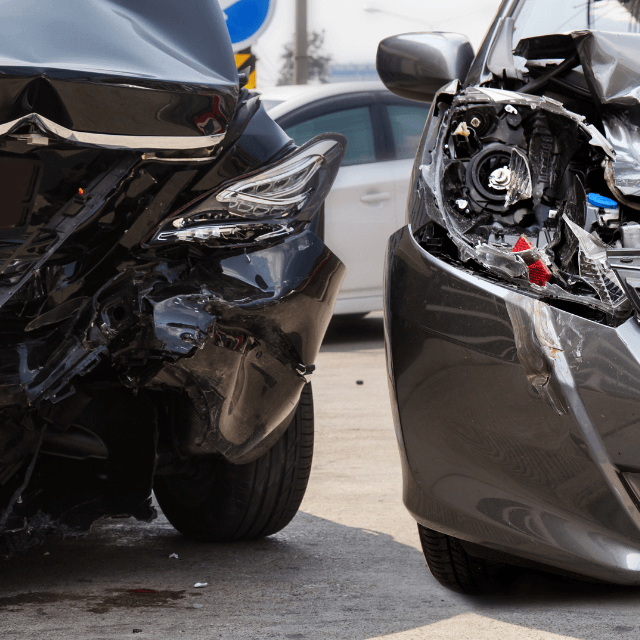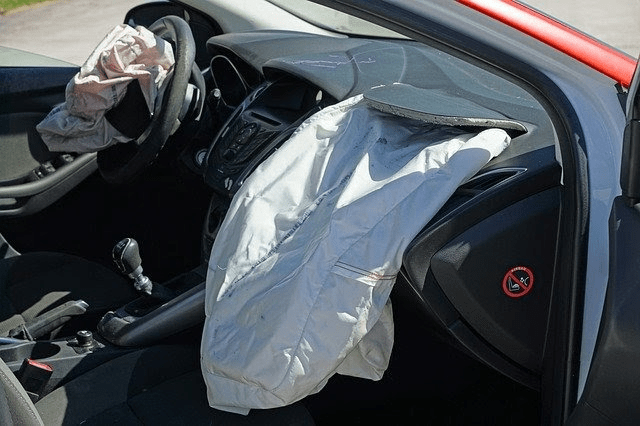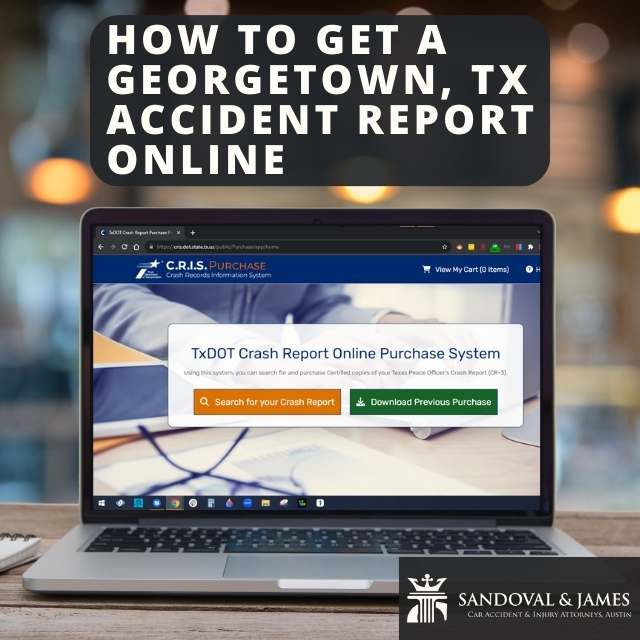Austin’s geography lends itself to wide-open recreational spaces, and many trails and parks offer areas specifically designed for ATVs. When used responsibly, ATVs provide riders with hours of enjoyment. However, ATVs can also cause serious injuries and even death. In fact, Austin has one of the highest ATV injury rates in the country.
Legal Requirements for Operating ATVs on Texas Public Land
Texas law requires riders to successfully complete an ATV safety course before operating an ATV on public land. Texas has several certified sites where riders can complete the required ATV Safety Training course.
Texas law also requires that ATV operators and passengers wear a helmet and display an off-highway vehicle (OHV) safety decal when on public lands. However, Texas law does not require safety training, licenses, or insurance for people who use ATVs on private land.
ATV Statistics
Far too often, the expected fun of an ATV ride ends with serious injuries. An estimated 845 people died in Texas ATV accidents between 1982 and 2016. The Consumer Product Safety Commission reports that over 15,744 people died in ATV accidents in the U.S. between 1982-2018. Over 4,000 of those deaths involved children under the age of 16, and almost 94,000 people ended up in the hospital with ATV-related injuries. Using an ATV is the most dangerous recreational activity for teens and is the recreational activity with the highest rate of injuries that require hospitalization.
Types of ATV Accidents
Rollovers are extremely common with ATVs. Drivers often cause ATV rollovers when attempting to take corners too fast or climbing over a steep incline or another object that requires a weight shift.
Another common accident can involve obstacles, including:
- Tree limbs
- Rock overhangs
- Clotheslines
- Utility wires
- Hidden solid objects
Typical Injuries from ATV Accidents
ATV accidents can result in several different types of injuries. These injuries can vary in seriousness and recovery time.
Below are some of the most common injuries:
Traumatic Brain Injuries
Traumatic brain injuries occur when the brain is damaged by an outside force—usually from a violent blow to the head. Symptoms include confusion, blurred vision, and concentration difficulty.
- Concussion – A concussion is the result of a blow to the head or a violent shaking of the head and body. Symptoms include headache, memory loss, confusion, lack of coordination, nausea, vomiting, dizziness, ringing in the ears, sleepiness, and excessive fatigue.
- Contusion – A contusion is a traumatic brain injury where the brain tissue is bruised. This occurs when the brain hits the skull, specifically.
Sprains
A sprain is the stretching or tearing of ligaments, the fibrous tissues that connect bones and joints. This can occur by bracing a fall or hyperextending a joint.
Strains
A strain is the tearing of the muscle or a tissue connecting muscle to the bone. Strains can be caused by a wrench or twist involving undue stretching of muscles or ligaments.
Lacerations
Lacerations are deep cuts to the skin that require cleaning and stitches or staples to close.
Internal Organ Injuries
Internal organ injuries cause severe internal damage to organs like the lung, liver, stomach, spleen, intestines, kidneys, and other organs. Organ damage can result in internal bleeding, pierced bowels, infections, or even death. These will typically require surgery to repair.
Bone Fractures
A person in an ATV accident may sustain many kinds of bone fractures. Although it varies based on the fracture and which bone is fractured, the injury is usually painful and takes a long time to heal.
These fractures include:
- Transverse Fractures – Transverse fractures are breaks that occur in a straight line across the bone. These are very common in ATV accidents.
- Spiral Fractures – As the name suggests, spiral fractures break in a spiral around the bone. These typically happen in the long bones of the body.
- Greenstick Fracture – A greenstick fracture is a partial fracture where the bones bend and break but do not separate into two different pieces. These fractures are prevalent in children because children’s bones are typically more flexible than adults’ bones.
- Stress Fractures – Stress fractures are commonly referred to as hairline fractures. They look like small cracks and need to be diagnosed with an X-ray.
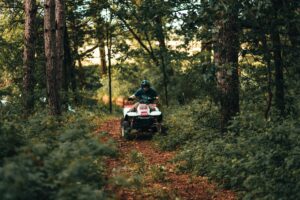
Helmets
Wearing a helmet while riding an ATV may seem small. However, wearing a helmet can be the difference between life and death if you are in an ATV accident. Most ATV deaths occur if riders are not wearing a helmet, wearing an ill-fitting helmet, or wearing a defective helmet.
Multiple Riders
While it may be tempting for ATV users to double up, having a second person riding behind the driver is incredibly dangerous and presents several safety issues. With two riders, passengers cannot see upcoming defects or bumps in the road. They cannot brace for impact and risk falling off the vehicle. The second person’s weight will also change the weight distribution of the ATV and potentially how the driver steers, which can result in the ATV rolling. Finally, the passenger can physically interfere with the driver’s ability to steer or see.
Causes of Action for an ATV Accident
People can file many possible claims for ATV accidents. Negligence and a product defect case are some of the most common. For more information on what a product defect case entails, see our practice area page.
A negligence claim requires the plaintiff or the injured party to prove five elements:
- The defendant owed the plaintiff a duty of care
- The defendant breached that duty
- The defendant’s breach proximately caused the plaintiff’s injury
- The defendant caused the plaintiff’s injuries
- The plaintiff suffered injuries
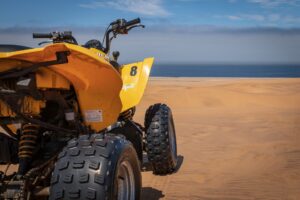
Statute of Limitations
Like most personal injury claims, you have a finite amount of time to file a claim—two years. Do not hesitate to contact Sandoval & James ATV injury attorneys. Our team of dedicated attorneys will help you process your claim.
Types of Damages You Can Recover
When you file a personal injury claim, you can recover economic and non-economic damages and potentially punitive damages.
- Economic damages include quantitative injuries or things you have bills for, like medical bills, physical therapy, and medication.
- Non-economic damages cover items like pain and suffering.
- Punitive damages are damages meant to punish the defendant for their bad actions.
If you or someone you know was hurt in an ATV accident, do not hesitate to contact Sandoval & James. Our team of trained attorneys will help you receive compensation for your injuries. Call for a completely free consultation.

